For many Disney fans, the 1990s are a period defined by “what could have been.”

Thanks to the initial failure of EuroDisney (now Disneyland Paris) among other factors, a vast majority of these projects never saw the light of day. There’s one of these never-built-yet-publicly-announced projects that takes precedence over all the others: Disney’s America. This proposed American history theme park began as one of the most ambitious projects in company history and ended as one of Disney’s most public failures. Today we’ll look at the origins of the concept, what the park was actually supposed to be, and the controversy that torpedoed it.
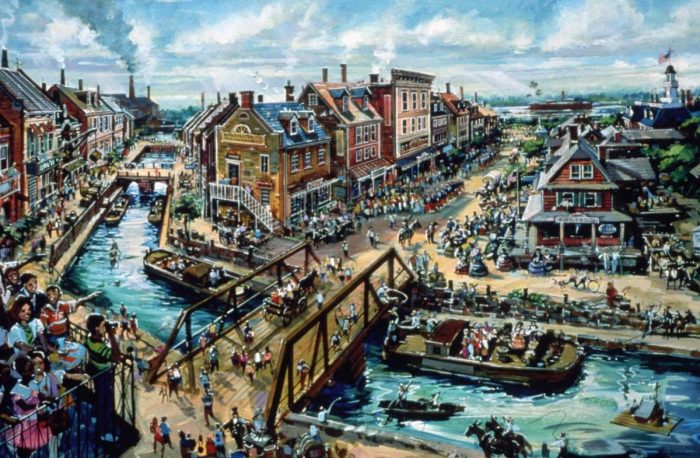
According to Michael Eisner — who served as CEO of the Walt Disney Company from 1984 to 2005 — the impetus for Disney’s America came from a trip Eisner and several other Disney Executives took to Colonial Williamsburg in the late 1980s. While observing the “living history” elements of the area, Eisner claims that he began to think about how boring he had found history classes as a youth, and how he felt Disney could utilize their skills to make history “fun.”
It’s important to note here that the park’s early development led to one of its first major controversies. The group behind Explore Park — a historical theme park featuring “various restored local historical structures and both hiking and biking trails, along with access to the Roanoke River for recreational use via an external county road” near Roanoke, Virginia — claimed that Disney had stolen some of their concepts after a 1987 meeting between the two parties. Whether there’s any truth or not to Disney using Explore Park’s concepts, development on the project moved along quickly in the early 1990s.
On November 11th, 1993, Disney formally announced their intention to build a history-based theme park on 3,000 acres of land near Haymarket, Virginia. The park — Disney’s first American expansion outside of Anaheim or Orlando — was set to feature nine themed areas to be built around a central lagoon. Disney projected it would create 1,900 jobs and generate $50 million annually in tax revenue.
The proposed layout included:
Crossroads USA, 1800–1850: A pre-Civil War-era village that would have served as the hub of Disney’s America, similar to Main Street U.S.A., as well as access to a steam train and a Muppets show.
Native America, 1600–1810: A recreation of a Native American village. There would also be a Lewis and Clark-themed whitewater river raft ride in this section of the park.

Presidents’ Square, 1750–1800: A “celebration of the birth of democracy” that would feature a cloned or relocated version of the Magic Kingdom’s Hall of Presidents.
Civil War Fort, 1850–1870: A re-created Civil War fort and battlefield where Civil War re-enactments would be staged. This land would be centered on the Freedom Bay body of water, which would feature a nightly recreation of the battle between the Monitor and the Merrimac.
Enterprise, 1870–1930: A mock factory town scheduled to feature an Industrial Revolution roller coaster-type ride and exhibits of technology that “defined America’s industry, and developments that would have defined future industries.”
We The People, 1870–1930: A replica of Ellis Island, featuring music, restaurants, and a live show would be here celebrating America’s history of immigration.
Family Farm, 1930–1945: An “authentic” farm where guests would have “the opportunity to see different types of industries related to food production, in addition to hands-on experiences.”
State Fair, 1930–1945: An area featuring a roller coaster, a Ferris Wheel, and an exhibition of “old-fashioned” baseball.
Victory Field, 1930–1945: An area themed to a World War II airfield featuring a simulator attraction, a dueling roller coaster, and a parachute jump.
In addition to the park, Disney planned to construct resort hotels totaling 1,340 guest rooms, an RV park, a 27-hole golf course, 2,000,000 square feet of retail and commercial space, and possibly 2,000 residential units on the land.
Initially, response to Disney’s announcement was quite positive. Both the outgoing and incoming governors of Virginia – Democrat L. Douglas Wilder and Republican George Allen respectively – welcomed the company with open arms. Local legislative and public support was high for the project at first as well. However, a strong opposition to the project began to emerge in the months ahead.
Local groups that were opposed to the park began recruiting historians including the group Project Historic America (whose ranks included David McCullough, C. Vann Woodward, John Hope Franklin, James M. McPherson, Barbara J. Fields, Doris Kearns Goodwin, Shelby Foote, Arthur M. Schlesinger Jr., William Styron, Tom Wicker, Richard Moe and Roger Wilkins) to speak out against Disney, with arguments centering on the idea that the park would be disrespectful to the area’s surrounding Civil War battlefields. Additionally, while none of the land Disney planned to use had any historical value itself, these historians and others put forward the concept that the urban sprawl that would likely build out around the park (similar to what had happened around Disneyland and Walt Disney World) would eventually cannibalize historic land.
Furthermore, opponents pounced on comments made by Disney Senior Vice President Bob Weis, who had said “This is not a Pollyanna view of America. We want to make you a Civil War soldier. We want to make you feel what it was like to be a slave or what it was like to escape through the underground railroad.” Opposition groups claimed that Disney was planning to trivialize concepts like slavery, turning them into meaningless entertainment. While Weis and Disney would later try and walk back his comments, saying the park was still being developed and the slavery attraction would later be dropped entirely, the damage was done.

With opposition continuing to grow in both the public and private sector, due to these issues as well as potential tax breaks the company would have received to build, Disney went on a PR offensive. In June of 1994, Michael Eisner spoke out on the project, saying:
“Disney’s America not only will not replace historic sites but rather will add to their luster by enthusing our guests about events that occurred there and the people who took part in them. We are confident our project will actually encourage more people to visit historic areas. And we believe our presentation of the American heritage can make a significant national contribution to the important cause of historic preservation. We plan to use all of the tools available to us — filmmaking, animation, environments, music, interactive media, live interpretation — to bring the American experience to life. We are working with historians and other experts to make Disney’s America an engaging and genuine encounter with America’s past. Together, we have identified some common themes that run through the American experience — our persistent resistance to injustice, our quest for tolerance and inclusion, our history of rising to challenges, our faith in the promise of the future and our belief that ordinary people can accomplish extraordinary things. We believe that every person, particularly the children, who can touch history and sense the emotions of a time or event, will be impelled to learn more. This is the vision and purpose of Disney’s America.”
In addition to these comments, Eisner made several controversial statements in a Washington Post interview, including “I sat through many history classes where I read some of their stuff, and I didn’t learn anything. It was pretty boring. I guess I can say that I object to some of their stuff” in regards to the historians who had spoken out against the park. He went on to say he was “surprised” by the opposition, and that he ”expected to be taken around on people’s shoulders” thanks to the park’s economic impact and the fact that it would allow visitors “to get high on history.”
Despite the outward bravado, Disney did attempt to woo opponents of the park to their side. Eisner brought a group of historians to Walt Disney World, showing them the EPCOT American Adventure show as well as the then-newly renovated Hall of Presidents. While the group did respond well to the latter attraction, Eisner would pontificate on the visit years later, saying that he felt the historians felt that “Disney couldn’t be trusted to depict American history in ways that were sufficiently complex, subtle and inclusive.”
As the opposition became more fierce throughout 1994, Disney completely rethought the concept of the park. Many of the controversial elements were either removed or from these plans, or softened considerably, and the proposed name was changed to Disney’s American Celebration. Unfortunately for the company, nothing worked.
The nadir of the backlash to Disney’s America came in mid-September 1994, when a crowd of 3,000 people protested the park in Washington DC, gaining widespread media coverage. Later that month, Disney finally through in the towel. On September 28, the company released a statement from then-President of Disney Design and Development Peter Rummel which read:
“We remain convinced that a park that celebrates America and an exploration of our heritage is a great idea, and we will continue to work to make it a reality. However, we recognize that there are those who have been concerned about the possible impact of our park on historic sites in this unique area, and we have always tried to be sensitive to the issue. While we do not agree with all their concerns, we are seeking a new location so that we can move the process forward… Despite our confidence that we would eventually win the necessary approvals, it has become clear that we could not say when the park would be able to open — or even when we could break ground… The controversy over building in Prince William County has diverted attention and resources from the creative development of the park. Implicit in our vision for the park is the hope that it will be a source of pride and unity for all Americans. We certainly cannot let a particular site undermine that goal by becoming a source of divisiveness..”
While the idea of Disney’s America being built in Virginia came to an end in September of 1994, the overall park concept wasn’t quite done yet. In 1997, Disney revived the project and planned to buy and retrofit the landmark Southern California theme park Knott’s Berry Farm, which was on sale at the time. However the Knott family, not wanting to see the park their parents built completely altered, chose to sell to Cedar Fair instead of Disney. Unbelievably however, this still wasn’t the end. Many features of Disney’s America were integrated into the opening day version of Disney California Adventure, specifically in the Bountiful Valley Farm, Paradise Pier, and Condor Flats areas of the park.

Do you wish Disney’s America had been built as planned, or is it better off that Disney stayed out of the history business, at least as far as a full park goes? Let us know in the comments below.
Join the AllEars.net Newsletter to stay on top of ALL the breaking Disney News! You'll also get access to AllEars tips, reviews, trivia, and MORE! Click here to Subscribe!


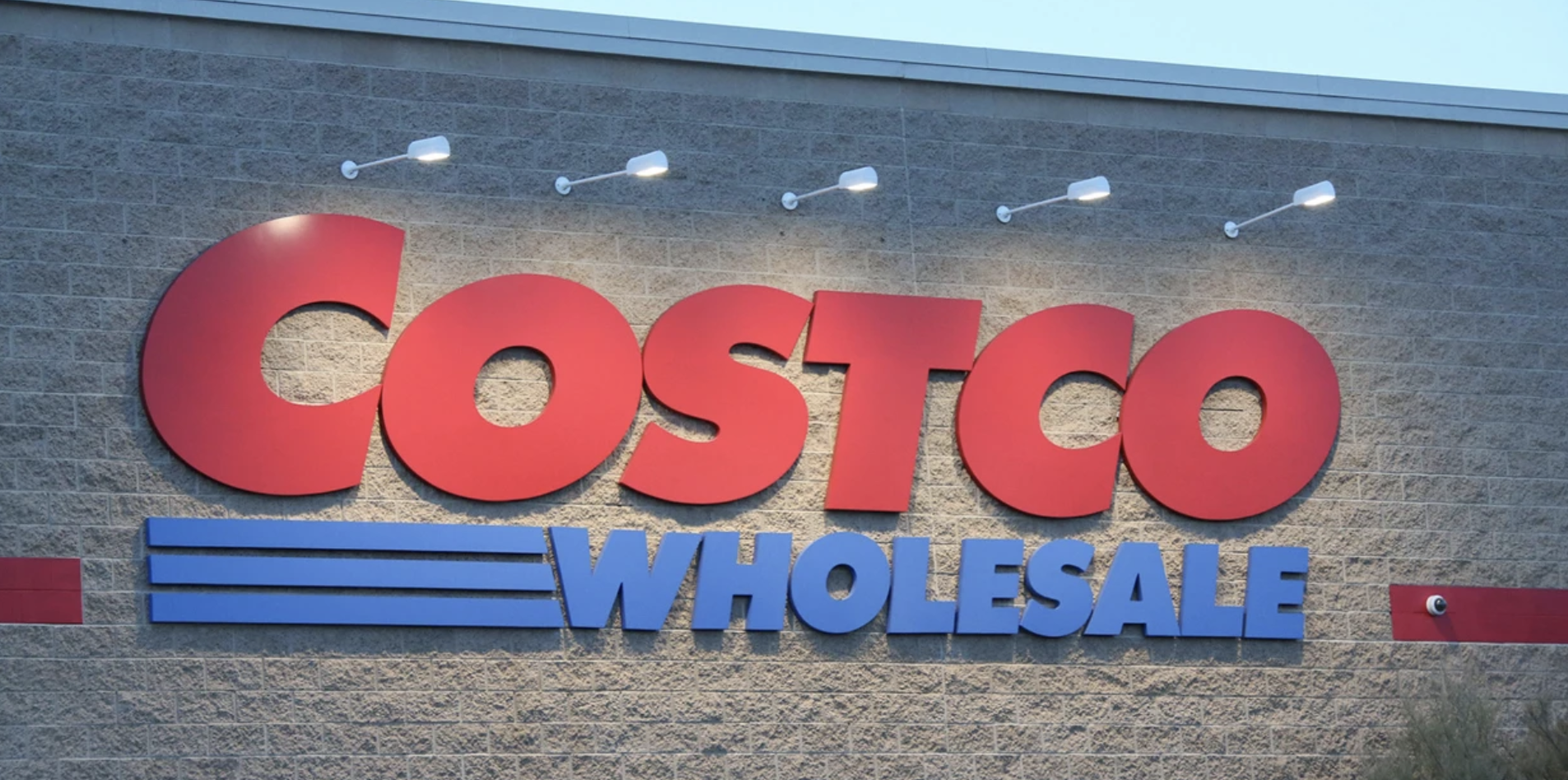

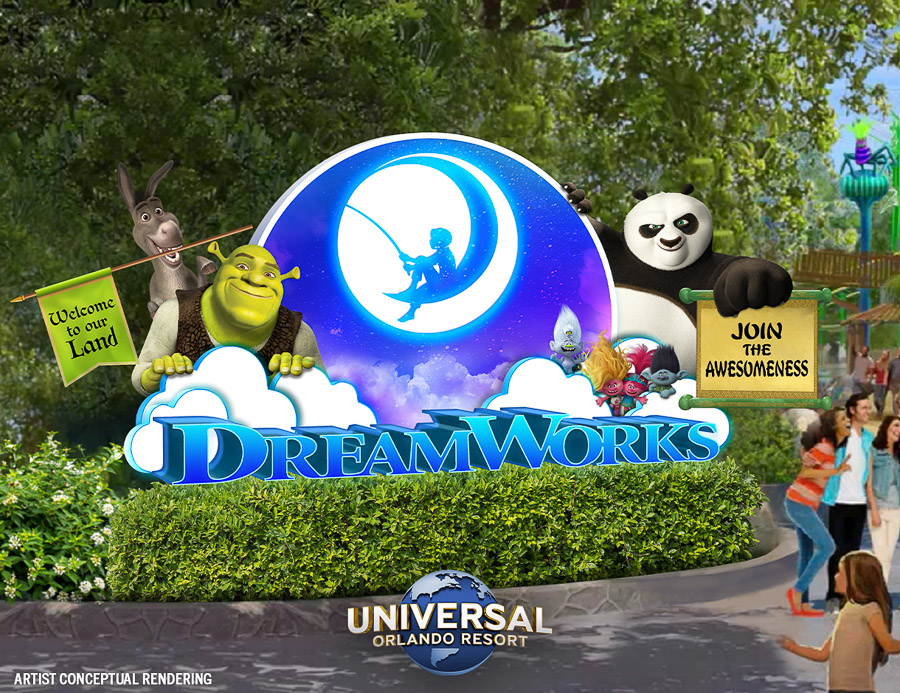
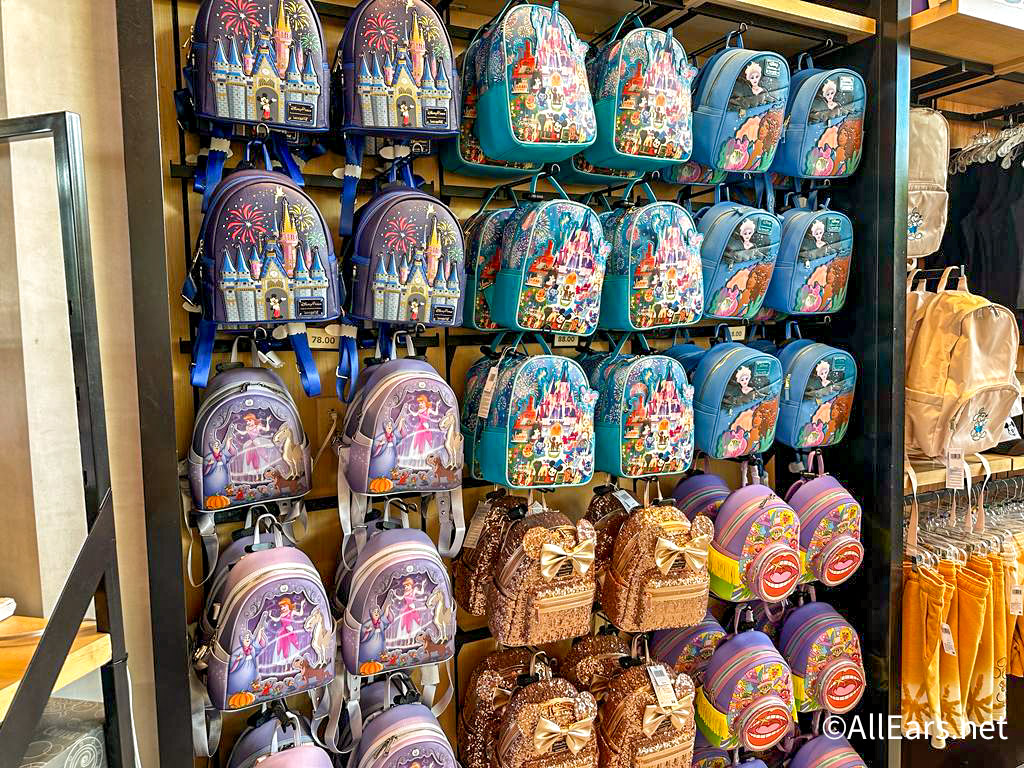
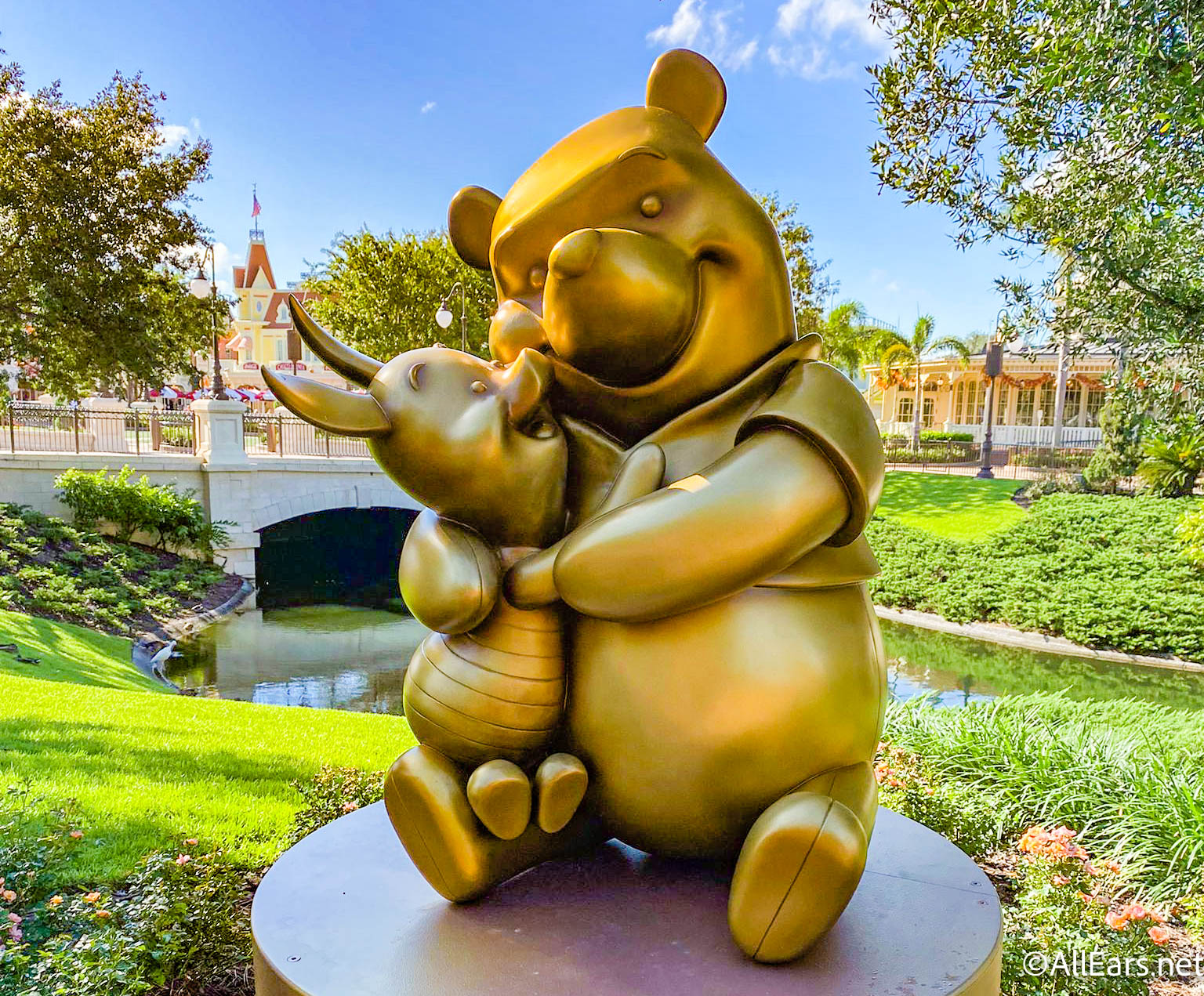
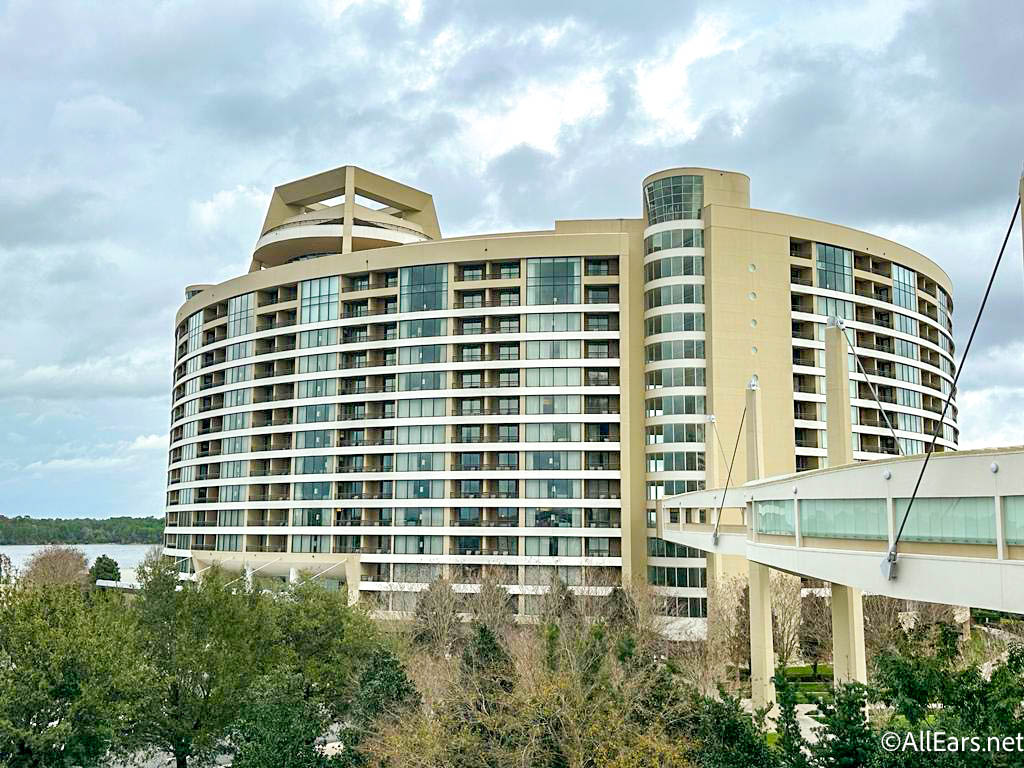

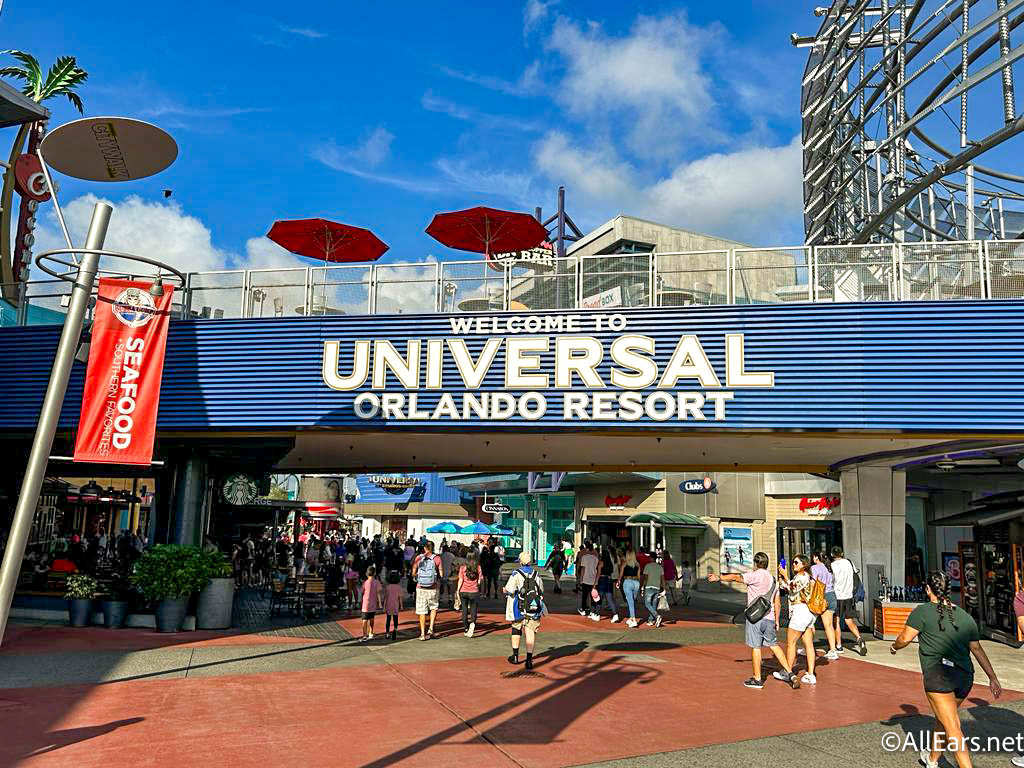
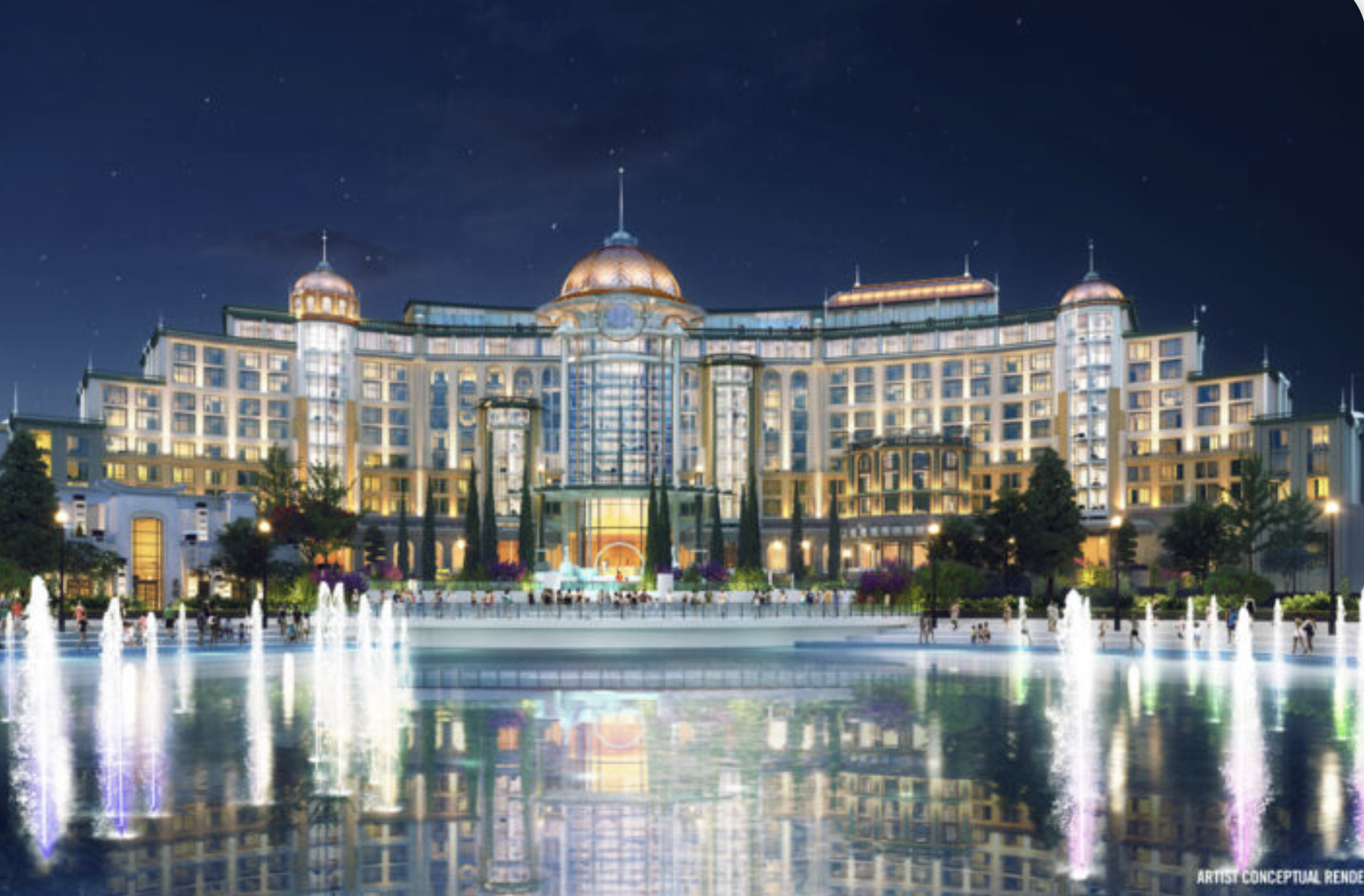
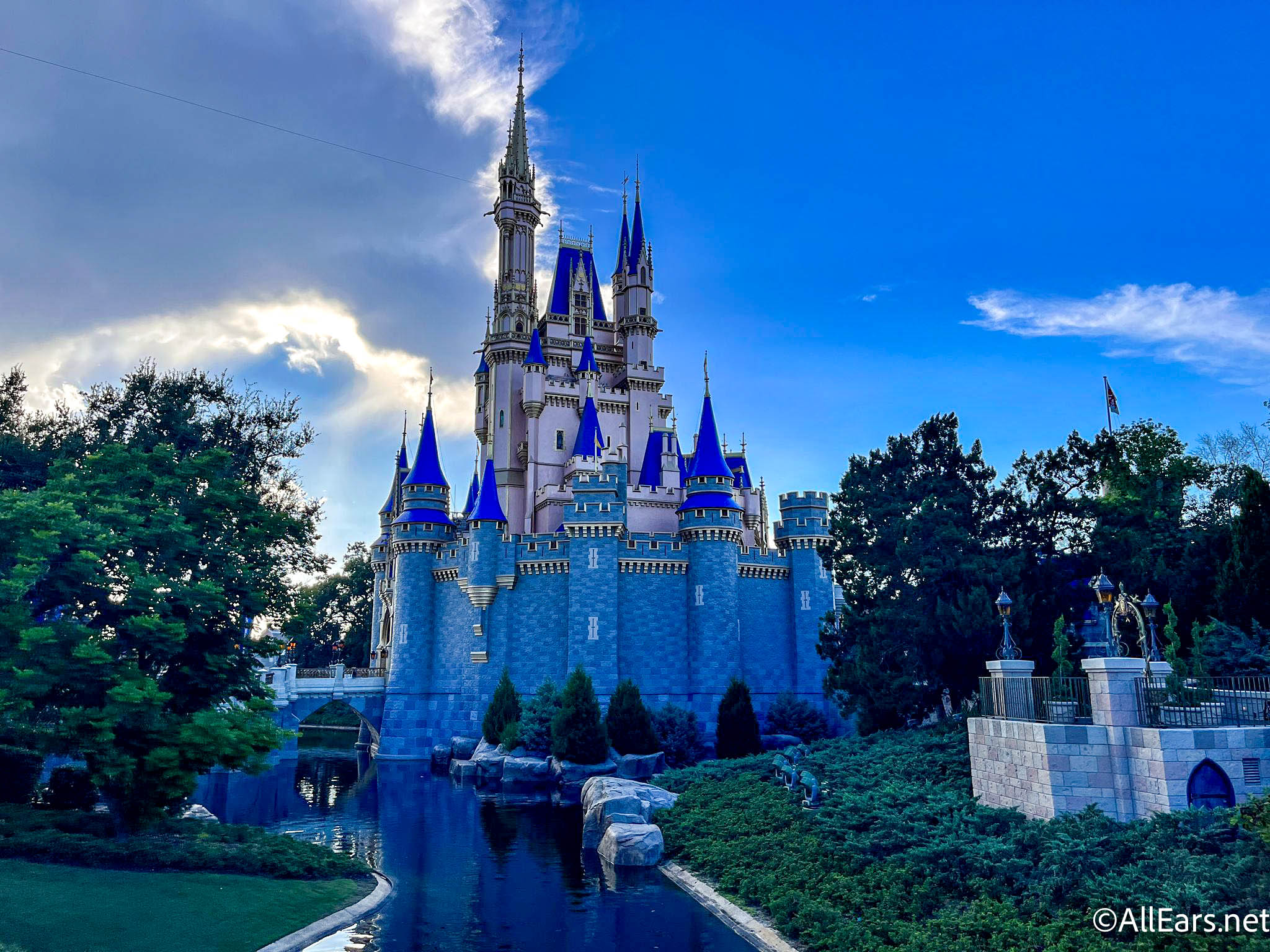

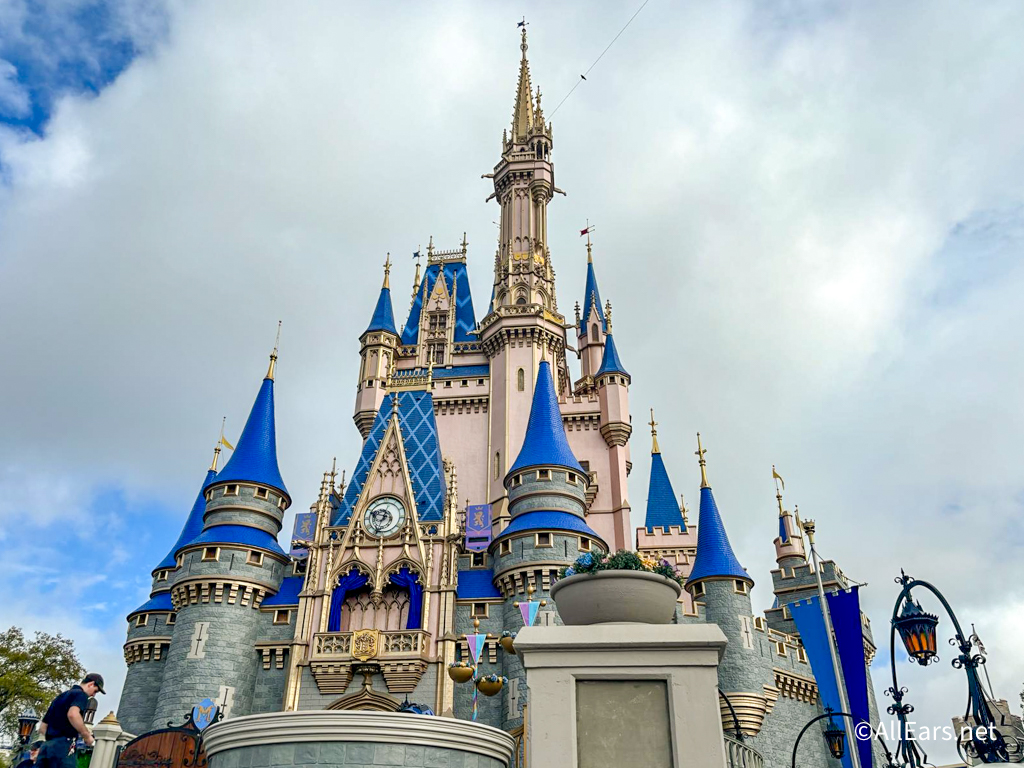
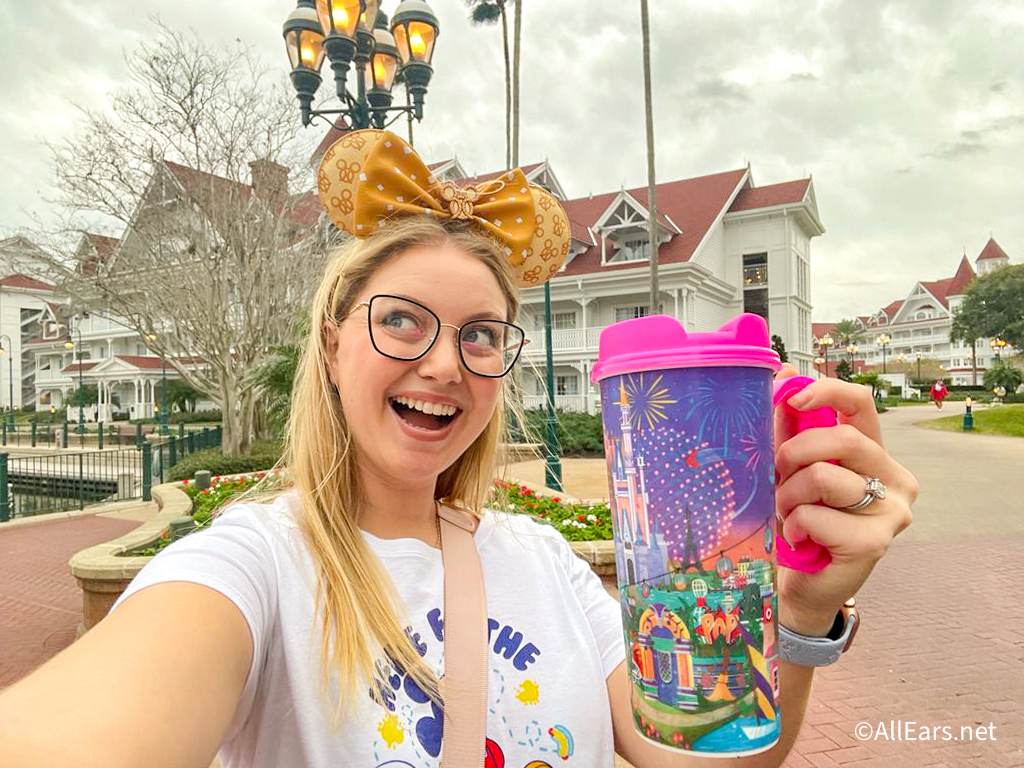




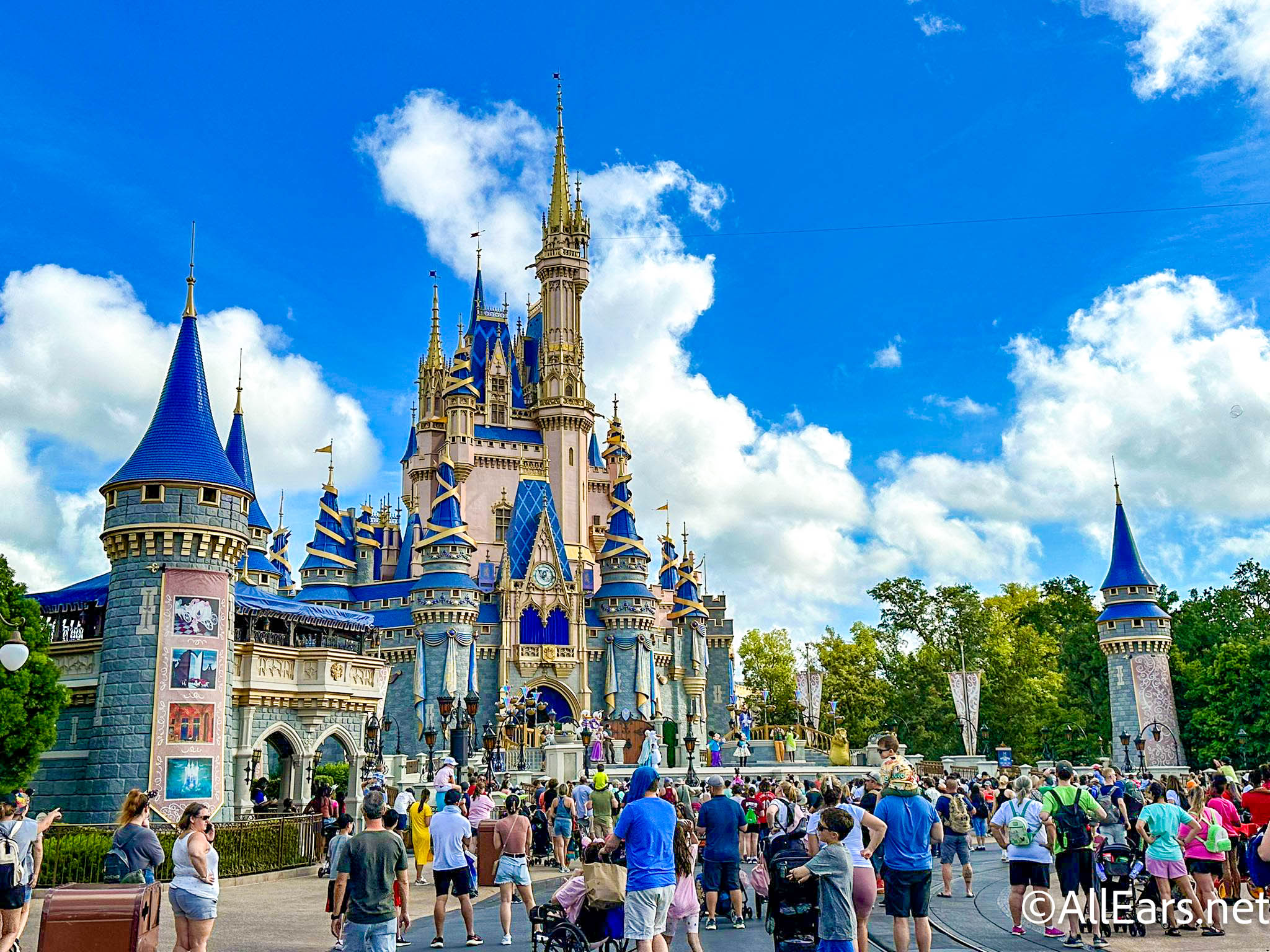

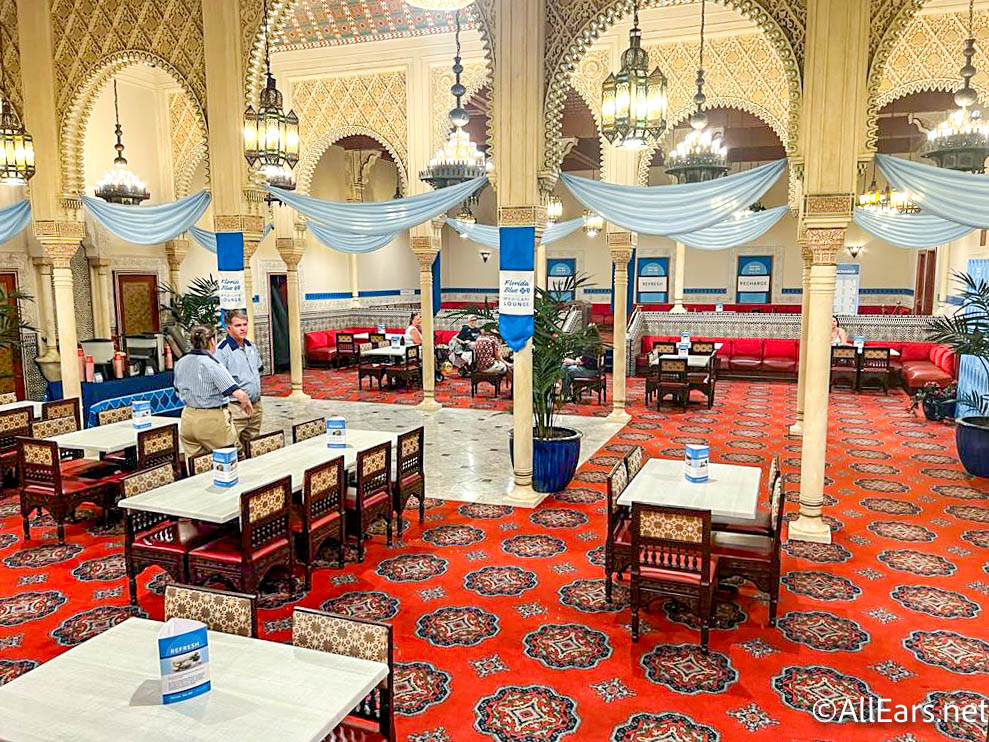

There is a huge pink elephant in the room. Her name is Barbie. I propose Disneys next park or park expansion is Barbie World. Movie made a billion dollars with more to come. Step into a Pink Paradise . Tour at least three recreations of Barbie Dreamhouses. Walk through a Barbie museum. Add Attractions. Imagine the possibilities of endless selfies- you in a Barbie box, in her Corvette, wearing stylish fashions-virtually. Star Wars has many fans, but not everyone. Barbie has a billion fans all over the world. From ages three to seventy and beyond. Barbie land will save Disney. I can’t wait to go!!!!
Hi Judith! Did you know there’s going to be a Mattel Adventure Park in Arizona! They’re including Barbie’s Beach House! I can’t wait to check it out! We wrote an article on that not too long ago. You can check that out here!